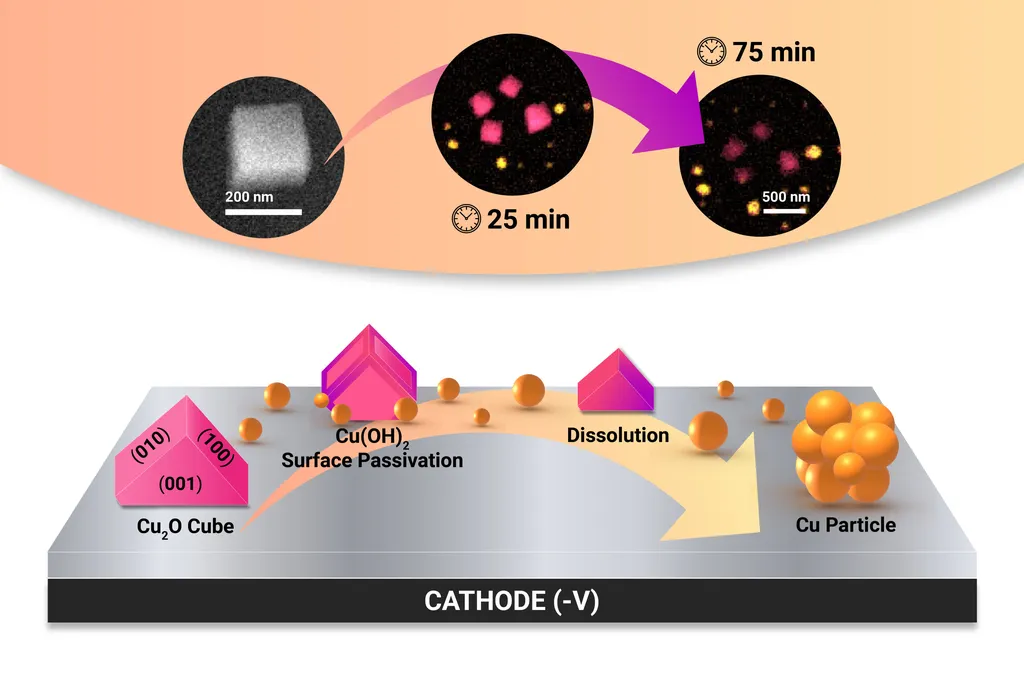In the heart of Sichuan, China, researchers at the Institute of Materials, China Academy of Engineering Physics, have been delving into the intricate world of plutonium interfaces, shedding light on properties that could significantly impact the energy sector. Led by Ruizhi Qiu, a team has published a study in the journal *Computational Materials Today* (translated from Chinese), exploring the interfacial properties and electronic structures of the Pu/PuO2 interface using advanced computational methods.
The study focuses on the adhesion, stability, and electronic structure of the Pu/PuO2(111) interface, employing first-principles density-functional theory (DFT) and its Hubbard correction (DFT+U). By constructing nine distinct interface models, the researchers investigated various PuO2 terminations and stacking sequences, achieving a minimal lattice misfit of approximately 1%.
One of the most striking findings is the strong adhesion exhibited by the O2-terminated interface. “While O-termination is thermodynamically stable relative to O2-termination for an isolated PuO2 surface, the interface interaction with metallic Pu reverses this stability under ambient conditions,” explains Qiu. This discovery could have profound implications for the design and stability of plutonium-based materials in various applications.
The electronic structure analysis revealed a new peak approximately 5 eV below the Fermi level, aligning with the photoemission spectrum of oxidized plutonium surfaces. This finding not only validates the computational approach but also provides a deeper understanding of the electronic behavior at the interface.
Perhaps the most intriguing aspect of the study is the observed shift in the oxidation state of interfacial Pu atoms in the PuO2 slab from Pu4+ to Pu3+. This suggests the formation of Pu2O3-like species at the interface, a phenomenon consistent with experimental findings. “This shift indicates a complex interplay between the metallic and oxide phases of plutonium, which could be crucial for optimizing the performance and safety of plutonium-based energy systems,” Qiu adds.
The implications of this research extend beyond academic interest, potentially influencing the nuclear energy sector. Understanding the interfacial properties and electronic structures of plutonium materials can lead to more stable and efficient designs for nuclear fuels and waste management systems. As the world continues to seek sustainable energy solutions, insights into the behavior of plutonium at the atomic level could pave the way for advancements in nuclear technology.
This study, published in *Computational Materials Today*, represents a significant step forward in the field of strongly-correlated interfaces and metal–oxide interactions. By unraveling the complexities of the Pu/PuO2 interface, Qiu and his team have provided valuable insights that could shape future developments in the energy sector. As the world grapples with the challenges of climate change and energy security, such research underscores the importance of fundamental science in driving technological innovation.

